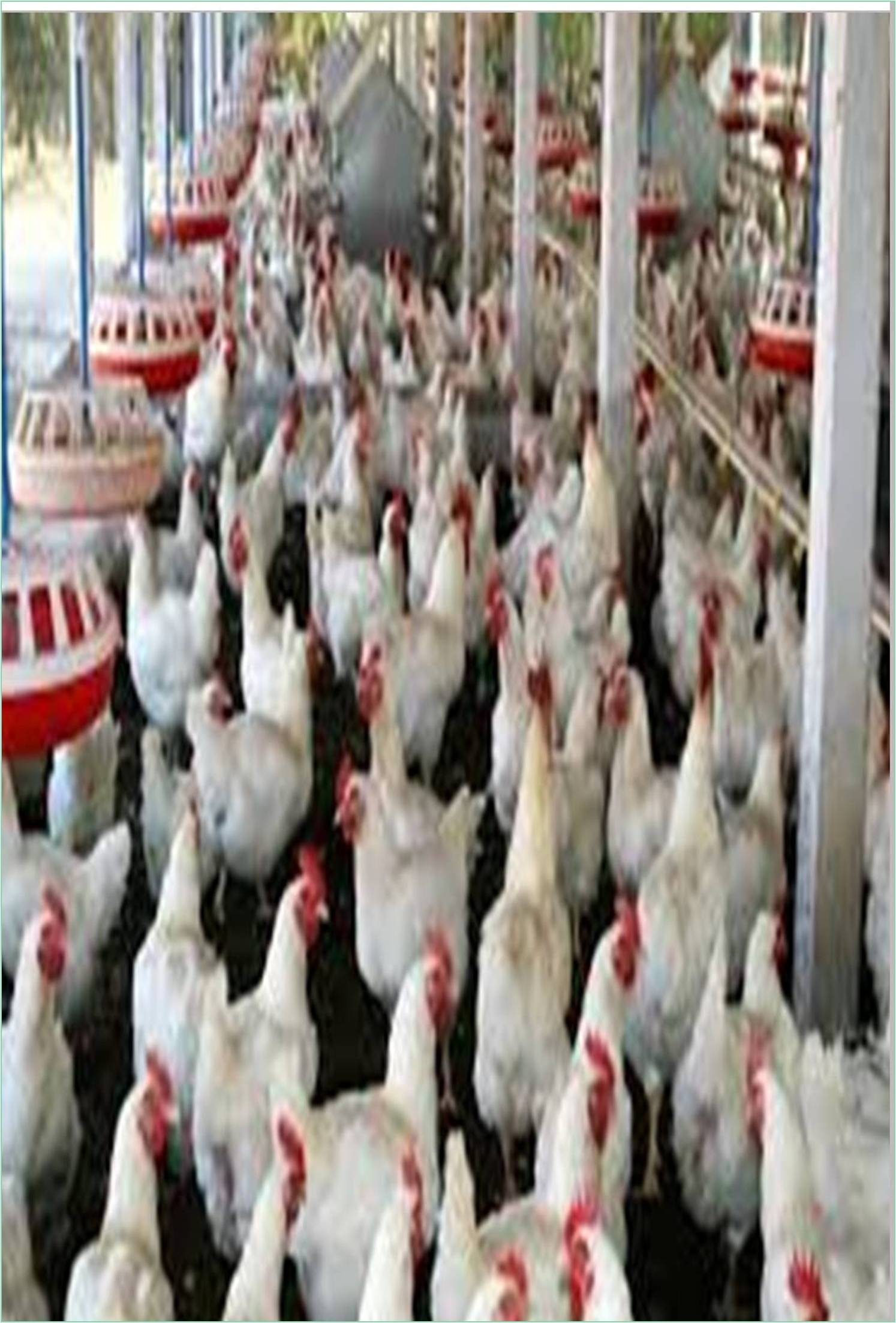



Received: 01-Aug-2022, Manuscript No. GJPFV-22-72026; Editor assigned: 05-Aug-2022, Pre QC No. GJPFV-22-72026(PQ); Reviewed: 26-Aug-2022, QC No. GJPFV-22-72026; Revised: 02-Sep-2022, Manuscript No. GJPFV-22-72026(R); Published: 09-Sep-2022, DOI: 10.15651/ 2449-1772.22.10.061
The most frequent cause of vitamin deficiency in birds is unintentional removal of a complete vitamin premix from their meal. Therefore, a variety of symptoms are evident, though typically, symptoms of B vitamin deficiencies arrive first. It frequently takes longer for these deficiencies to affect the bird because of the body's stocks of fat-soluble vitamins, and adult birds may take months to develop vitamin A insufficiency. A healthy diet that includes an antioxidant and is often microencapsulated in gelatin or starch is essential for both treatment and prevention. Time, temperature, and humidity all affect how quickly vitamins are destroyed in feeds. The effectiveness of vitamins is often not significantly impacted by two months of storage in mixed feed. Adult birds may be fed a diet lacking in vitamin A for 2 to 5 months before showing symptoms, depending on liver reserves. Birds eventually get ruffled feathers, are feeble, and are malnourished. Hatchability, egg output, and embryonic mortality all experience significant declines. Small follicles with some hemorrhaging indications will most likely remain in the ovary when egg production decreases. Additionally, there might be an ocular discharge that is watery. As the shortage persists, milky white, cheesy substance builds up in the eyes, impairing the ability of birds to see (xerophthalmia). In many circumstances, the vision may be lost. In adult birds, the upper alimentary tract's mucous glands typically exhibit the first lesion. A squamous, keratinized layer that is stratified takes the place of the normal epithelium. As a result, the mucous gland’s ducts get blocked and produce necrotic secretions. Small, white pustules that may spread into the crop can develop in the throat, esophagus, mouth, and nasal passages. Pathogenic bacteria typically enter these tissues through damaged mucous membranes and produce subsequent infections. Day-old chicks raised on a diet lacking in vitamin A may begin to exhibit symptoms within 7 days, depending on the amount of vitamin A transferred from the breeder hen.
The correct absorption and metabolism of calcium and phosphorus depend on vitamin D3. Even if the diet is well-balanced in calcium and phosphorus, a deficit can cause rickets in young, growing chickens or osteoporosis and/or poor eggshell quality in laying hens. Unbalanced levels of calcium and phosphorus are discussed along with abnormal bone development. Laying hens on a diet lacking in vitamin D3 experience a drop in egg production within 2-3 weeks, and shell quality can quickly deteriorate depending on the severity of the deficit. During the first seven days of vitamin D insufficiency, shell weight drastically drops by about 150 mg/day when fed a diet of maize and soy meal without any additional vitamin D3. It is more challenging to diagnose the less pronounced loss in shell quality caused by inadequate supplementation than by deficiency, in part because it is very challenging to measure vitamin D3 in whole meals. If an antioxidant is either left out of the diet or is not present in appropriate amounts, or if the diet contains a moderate amount of an unstable and unsaturated lipid, encephalomalacia may be observed in commercial flocks. Exudative diathesis must be caused by vitamin E and selenium deficiencies in the diet.
Young meat birds are most frequently affected by rickets, which is characterized by insufficient bone mineralization. Although eating a diet deficient or imbalanced in calcium, phosphorus, or vitamin D3 can potentially cause this issue, calcium shortage at the cellular level is the primary culprit. Lameness can appear in young broilers and turkey poults between 10 and 14 days of age. Their rib cage is flattened and beaded where the vertebrae attach, and their bones are stretchy. Rachitic birds have an uneven vascular penetration and a disordered cartilage matrix. Desmosine and hyaluronic acid, which are precursors of collagen, show signs of poor metabolism. The proximal head of the tibiotarsus has an aberrant cartilage mass, which is indicative of tibial dyschondroplasia. Although it has been observed in all fast-growing meat bird species, broiler chickens are the most frequently affected. Fast versus slow development rates appear to at least double the incidence of tibial dyschondroplasia regardless of diet or environmental factors. Although early warning signs can appear, they often don't appear until 14 to 25 days of age. High-laying hens kept in cages occasionally exhibit paralysis during and immediately following the peak egg-laying phase as a result of a vertebral fracture that affects the spinal cord.
Due to the increased output of calcium in the eggshell, there is a reduced calcium flow that contributes to the fracture. Layers have an early egg production rate that can reach 95% for at least 6 months, which increases the need to maintain an appropriate calcium flow between the oviduct, the skeleton, and the food.